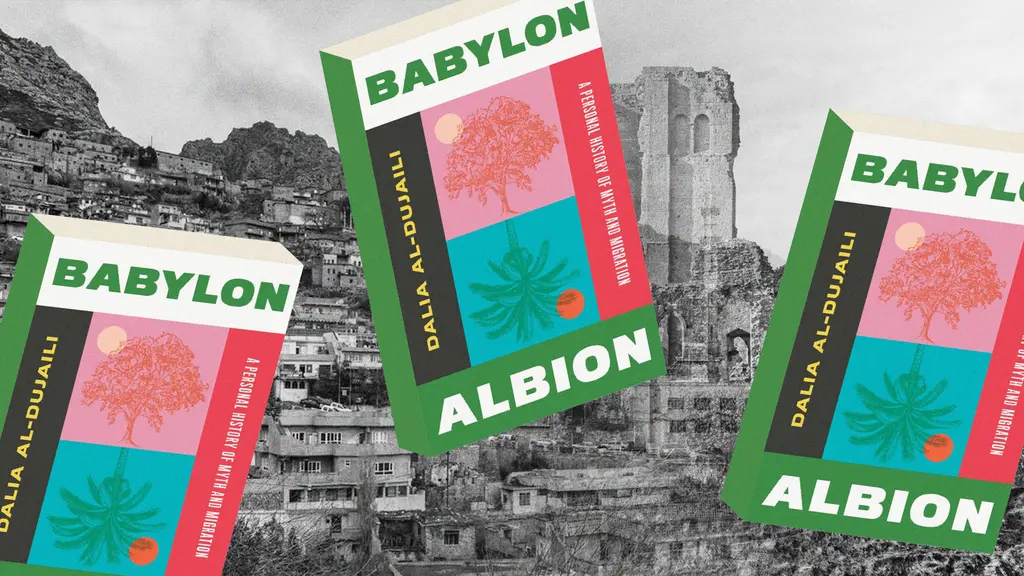The grit and glamour of New York in the 1970s and ’80s
- Text by Miss Rosen
- Photography by Douglas Corrance

By 1975, New York City teetered along the edge of bankruptcy, some $11 billion in debt. By October the situation had reached dire straits when President Gerald R. Ford refused a federal bailout, prompting the infamous Daily News front page: “FORD TO CITY: DROP DEAD”.
The headline cost Ford re-election the following year, and haunted him for the rest of his life – a fitting turn of events for the man who dared to turn his back on the city that never sleeps. New Yorkers, on the other hand, had no choice but to soldier on.
Despite the crumbling infrastructure and economic decline further exacerbated by the Nixon White House of “benign neglect,” which systematically denied government services to Black and brown communities nationwide, and landlord-sponsored arson that reduced city blocks to rubble at record speed, New Yorkers proved to be resilient.

In the late 1970s, Douglas Corrance arrived in New York on holiday from his job as staff photographer at the Scottish Tourist Board. After completing several books on Scottish hometown cities, Corrance decided to expand his reach and start traveling the globe doing freelance tourism projects.
The self-described “natural-born flâneur” immediately felt at ease inside the energetic flow of the city’s fabled walking culture. In a town where many natives never learn to drive, the streets have become theaters of public life. Equal parts thoroughfare and town square, the endless flow of activity makes it an idea locale for street photography.
In the new book, New York 1970s-1980s (Café Royal Books), Corrance revisits his archive to create a joyous celebration of street life: everything from scenes of old men gathered to play backgammon at card tables, to artists painting en plein air, and rollerskaters pausing for a quick stretch outside the Guggenheim Museum.

Central Park

A rollerskater at the Solomon R Guggenheim Museum on 5th Avenue
Like his work in Glasgow, Corrance captures the city at a turning point. “It felt like the end of what I saw as the ‘real’ New York, with artists and musicians still working in lofts, until pressure from real estate companies drove up the rent, forced them out and some interesting characters were lost in order to spruce up the neighbourhood,” he says.
But in Corrance’s pictures, we return to a simpler time: an era where anyone could afford to live, work and play in New York, and every block boasted a panoply of eccentric characters and street corner legends.
“A highlight for me was getting to meet a hero of mine, the great photographer Arnold Newman,” Corrance recalls of the famed portraitist. “While walking across Central Park with him, he said, ‘Had you been here last week I would have introduced you to Henri Cartier-Bresson.’”
Although Corrance missed that window, his travels to the city provided him with many more opportunities to check out tourist attractions and local hangouts alike. There’s the requisite blend of icons and oddballs that makes the city thrive, the kinds of things you can only see – in the words of famed gossip columnist Cindy Adams – “Only in New York, kids. Only in New York.”

The Guardian Angels, whose role is to protect the Subway’s passengers.




New York 1970s-1980s is out now on Café Royal Books.
Follow Miss Rosen on Twitter.
Enjoyed this article? Like Huck on Facebook or follow us on Twitter.
You might like

Largest-Ever Display of UK AIDS Memorial Quilt Opens at Tate Modern
Grief Made Visible: Comprising hundreds of panels made by lovers, friends and chosen family, the UK AIDS Memorial Quilt returns in full for the first time since 1994 – a testament to grief, friendship and the ongoing fight against HIV stigma.
Written by: Ella Glossop

In Medellín’s alleys and side streets, football’s founding spirit shines
Street Spirit — Granted two weeks of unfettered access, photographer Tom Ringsby captures the warmth and DIY essence of the Colombian city’s grassroots street football scene.
Written by: Isaac Muk

On Alexander Skarsgård’s trousers, The Rehearsal, and the importance of weirdos
Freaks and Finances — In the May edition of our monthly culture newsletter, columnist Emma Garland reflects on the Swedish actor’s Cannes look, Nathan Fielder’s wild ambition, and Jafaican.
Written by: Emma Garland

Dalia Al-Dujaili: “When you’re placeless, nature can fill the void”
Babylon, Albion — As her new book publishes, the British-Iraqi author speaks about connecting with the land as a second-generation migrant, plants as symbols of resistance, and being proud of her parents.
Written by: Zahra Onsori

Why Katy Perry’s space flight was one giant flop for mankind
Galactic girlbossing — In a widely-panned, 11-minute trip to the edge of the earth’s atmosphere, the ‘Women’s World’ singer joined an all-female space crew in an expensive vanity advert for Jeff Bezos’ Blue Origin. Newsletter columnist Emma Garland explains its apocalypse indicating signs.
Written by: Emma Garland

We are all Mia Khalifa
How humour, therapy and community help Huck's latest cover star control her narrative.
Written by: Alya Mooro

